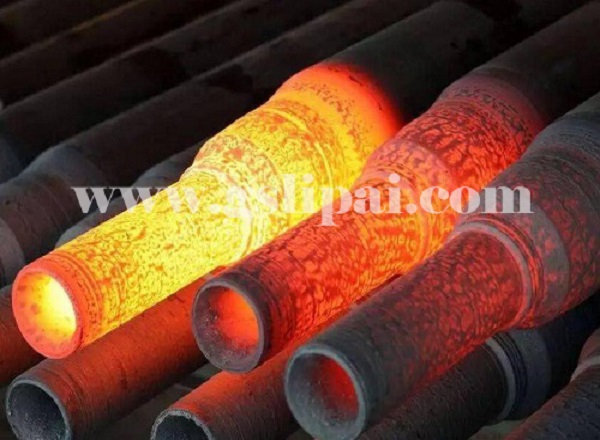Under normal circumstances, the workpiece needs to be tempered after quenching, so that certain mechanical properties can be obtained. Tempering not only improves the plasticity and toughness of the workpiece, but also reduces the quenching stress generated inside it, ensuring the dimensional stability of the workpiece. If the tempering is not carried out in the specified temperature range in time, surface cracks or fractures may appear for some workpieces with high hardenability. At this time, we need to perform rapid tempering treatment to heat the workpiece again to The temperature of the eutectoid point further reduces its hardness and increases toughness. The entire tempering process is also called the precipitation process of carbon in martensite. It is divided into four stages. Let me introduce it to you below.
1. At the beginning of the induction heating machine heating, the internal structure lattice of the workpiece slowly shrinks, and carbon precipitates appear at the interlace. In the flaky martensite, the carbon atoms will appear in clusters, and the volume will also be changed. Zoom out.
2. When further heating, the residual austenite will be decomposed into bainite, ferrite and carbide. There will be carbide precipitation in the middle of the crystal lattice. At higher temperatures, the bainite structure contains ferrite and cementite, and at lower temperatures, the bainite structure contains ferrite and carbides. Therefore, at this stage, the main determinants of the transformation of retained austenite are temperature and time. During the transformation, the crystal lattice will become larger or other dimensions will change.
3. At this time, when the temperature reaches 230°C, ferrite and cementite will precipitate. The internal structure lattice will shrink and become smaller. For workpieces with low carbon content, the shrinkage can be very high.
4. In the last stage, the tempering temperature is 350℃. The cementite particles become spheroidized, which indirectly causes the cementite and ferrite grains to become larger. During the tempering process, the volume of iron atoms between the martensite in the quenched state and the martensite in the tempered state changes correspondingly, which in turn induces a change in the size of the workpiece. This kind of strain is called tempering strain. Therefore, it is very necessary to strictly control the size of the workpiece during the heat treatment of the high-frequency induction heating machine




 en
en  cn
cn  jp
jp  ko
ko  de
de  es
es  it
it  ru
ru  pt
pt  vi
vi  th
th  pl
pl 







 GS-ZP-1200
GS-ZP-1200


